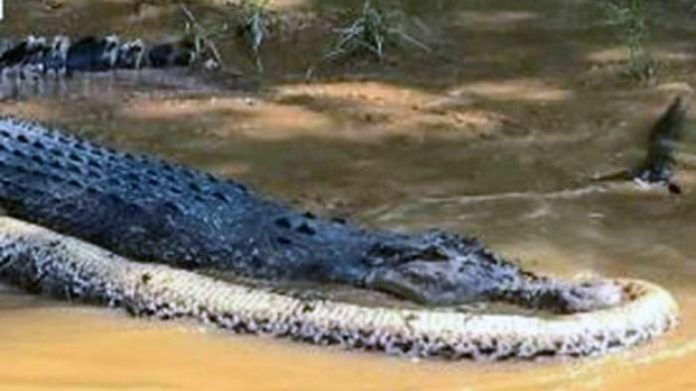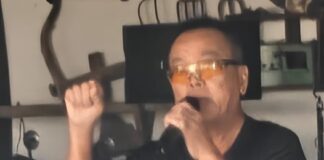KOTA KINABALU: Loss of habitat and lack of large preys on which large crocodiles feed are probably among the reasons why crocodile attacks might have increased in Sabah.
Prof Benoit Goossens, a member of the International Union for Conservation of Nature (IUCN) Special Survival Commission said while killing a few crocodiles in an area could provide a feeling of safety to the users of the river, new crocodiles could replace them and the danger persists.
The director of Danau Girang Field Centre (DGFC) said there is definitely a need for more awareness in those areas with high concentration of crocodiles by holding workshops for local communities, and plantation workers who fish along the Kinabatangan river.
“To me, the factors causing the human-crocodile conflict are habitat loss and a lack of large preys (on which large crocodiles feed) such as bearded pigs following the African Swine Flu outbreak. Large crocodiles which attack human are usually feeding on large preys such as pigs and deers.
“Until the population of wild pigs comes back, we advise people to avoid bathing in the main rivers where crocodiles are present, and avoid fishing by the riverbanks for long hours, because crocodiles are ambush hunters,” he told Bernama.
Recently Sabah Deputy Chief Minister, Datuk Seri Bung Moktar has suggested that Sabah issues permit for controlled hunting of crocodiles to address the reptile’s large population in the state.
Bung Moktar, the Kinabatangan MP and Lamag assemblyman also urged the state government to create a rule or regulation on the culling and commercial harvesting of crocodiles, similar to what has been carried out in Sarawak.
He made the call following the death involving a woman who was attacked by a crocodile in Kinabatangan district on July 30.
On Sept 11, a search and rescue (SAR) team found the head of a missing person, who was believed to have been attacked by a crocodile while trying to cross Sungai Seguntur at a squatter area near Taman Kenari, Sandakan on Sept 9, the latest of human-crocodile conflict case in the state.
Goossens said DGFC has carried out a state-wide survey in 2019-2020 for Sabah Wild Department for a Non-Detrimental Findings (NDF) study.
DGFC is a collaborative research and training facility set up at the Lower Kinabatangan Sanctuary and managed by Sabah Wildlife Department (SWD) and Cardiff University.
He said the DGFC study was mainly to assess whether sustainable, legal commercial harvest would not be detrimental to the state population of crocodiles.
“The results of our study suggest that in the last 20 years there has been no substantial evidence of an increase in the overall population size of crocodiles in Sabah and is unlikely to be the determining factor in any increased report of human-crocodile conflict.
“The result of the NDF also falls above the threshold demonstrating that a harvest (even controlled hunting) would be detrimental to the population of crocodiles in Sabah.
“The only sustainable harvest of crocodiles would be in the Kinabatangan River, allowing a harvest of a maximum of five adults per year in that river,” he said adding that other rivers in Sabah, any harvest would be detrimental to the crocodile population.
Currently, the saltwater crocodile is a protected species in Sabah and in 2016, Malaysia transferred the status of the saltwater crocodile from Appendix I to II, with wild harvest restricted to the State of Sarawak and a zero quota for wild specimens for other states in Malaysia, including Sabah.
— BERNAMA


